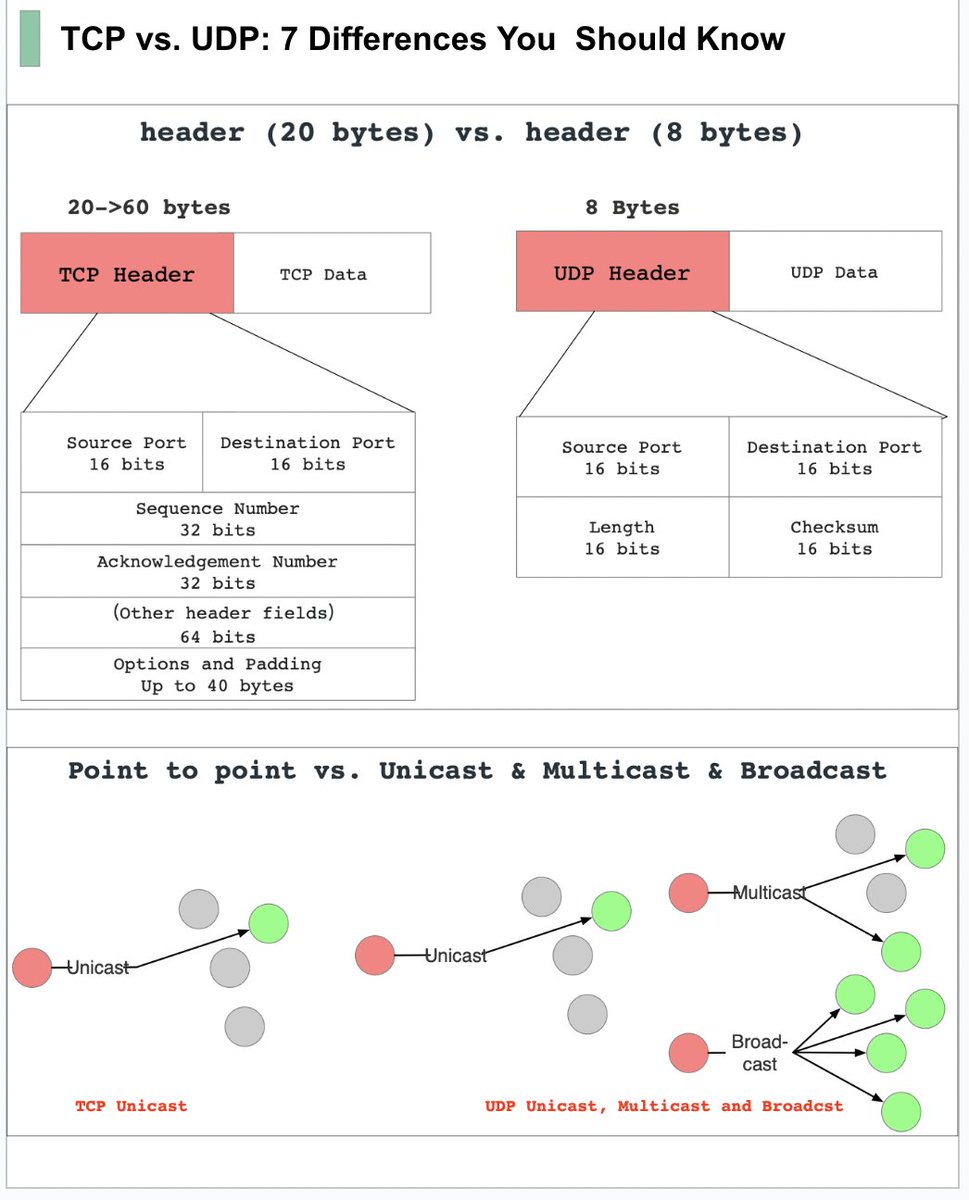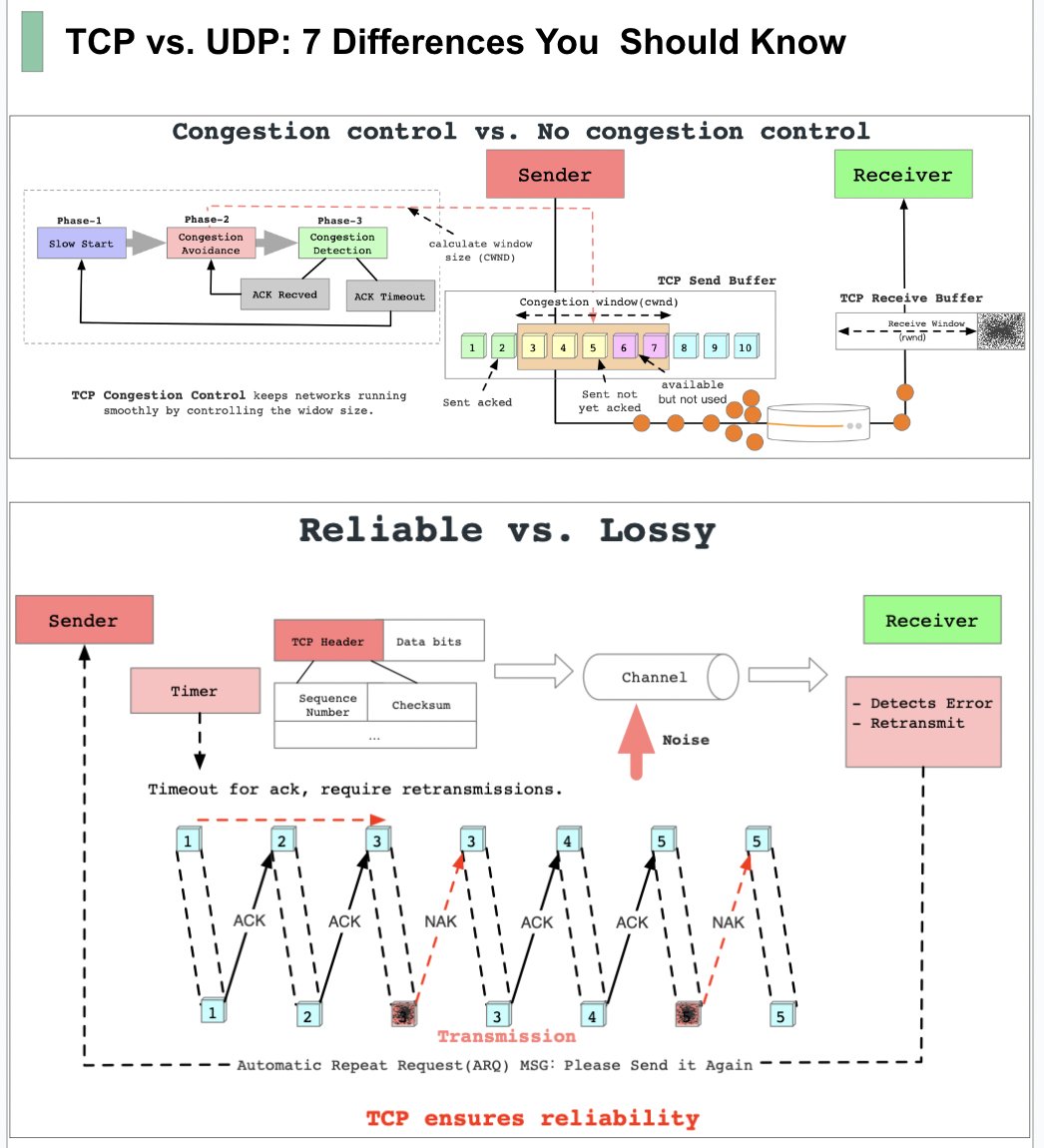Top 10 Architecture Characteristics / Non-Functional Requirements with Cheatsheet
Did we miss anything? If yes, Please help to enrich us by sharing your thoughts in the comments. {1/3}
Did we miss anything? If yes, Please help to enrich us by sharing your thoughts in the comments. {1/3}

Written by @Zonito87. You can find the full article here: blog.devgenius.io/top-10-archite…
We're seeking valuable content, so if you'd like to contribute to our platform or have any previously published content you'd like us to share, please feel free to drop us a message. {2/3}
We're seeking valuable content, so if you'd like to contribute to our platform or have any previously published content you'd like us to share, please feel free to drop us a message. {2/3}
Subscribe to our weekly newsletter to get a Free System Design PDF (158 pages): blog.bytebytego.com
{3/3}
{3/3}

Source: Fundamentals of Software Architecture - book by Richard and Fords
• • •
Missing some Tweet in this thread? You can try to
force a refresh

 Read on Twitter
Read on Twitter
















